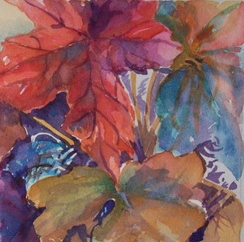
Paint technology has made huge strides in producing colors once used only by commercial designers. And new colors are being introduced every day. You will see new ones every time you look at a new catalogue. A 'modern' triad popular today is one where magenta, yellow and cyan are substituted for red, yellow, and blue. This triad is a safe palette for work you plan to have printed as the colors are nearly the same as the inks used by printers.
You might experiment with all opaque color or all transparent. Maybe high-key or earthtones would be effective in your work. Triads give you one more tool for your box of tricks.
Be sure to plan the color scheme first and go from there.
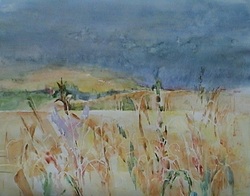
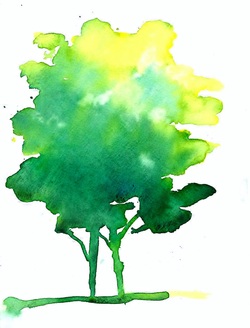
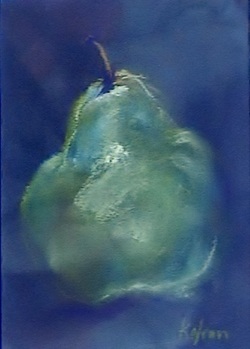
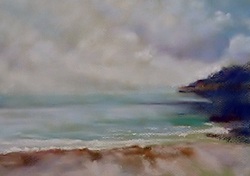
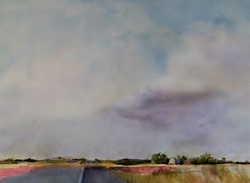
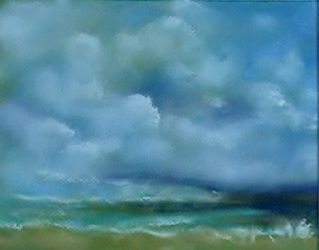
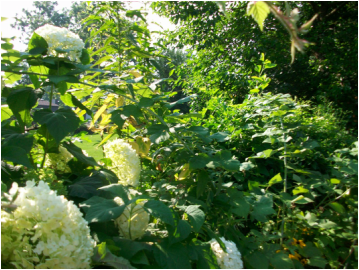
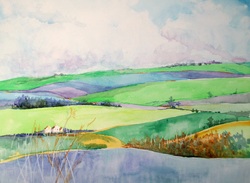
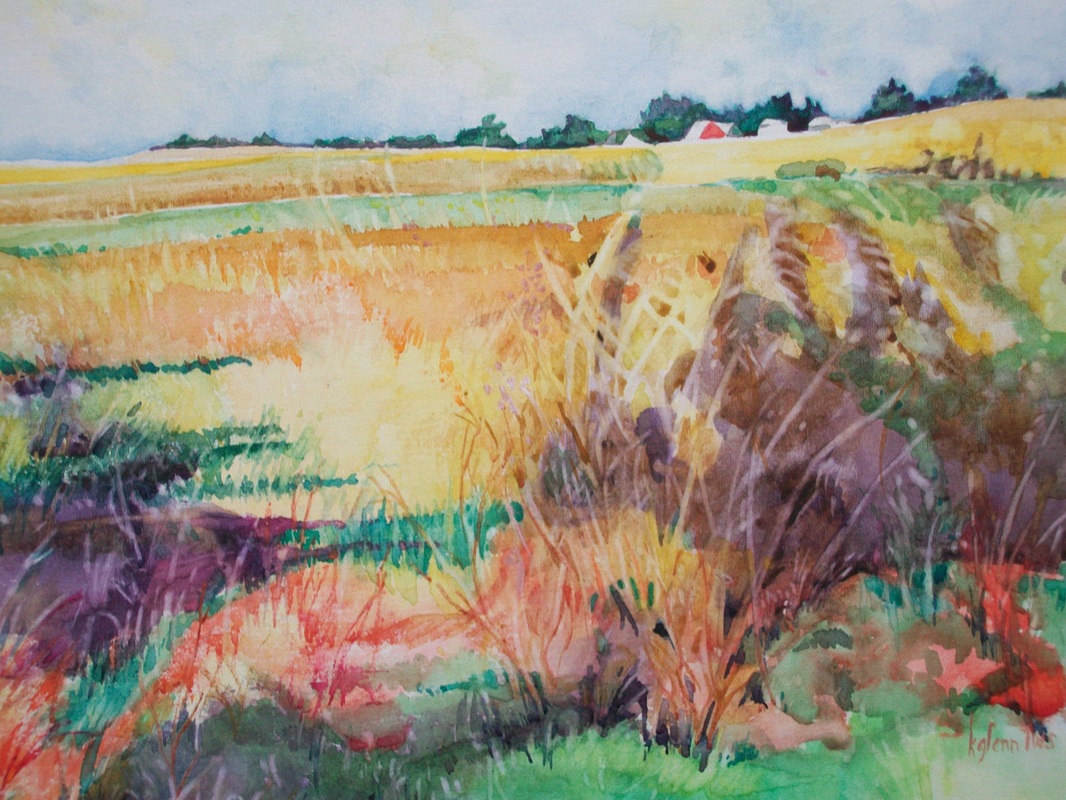
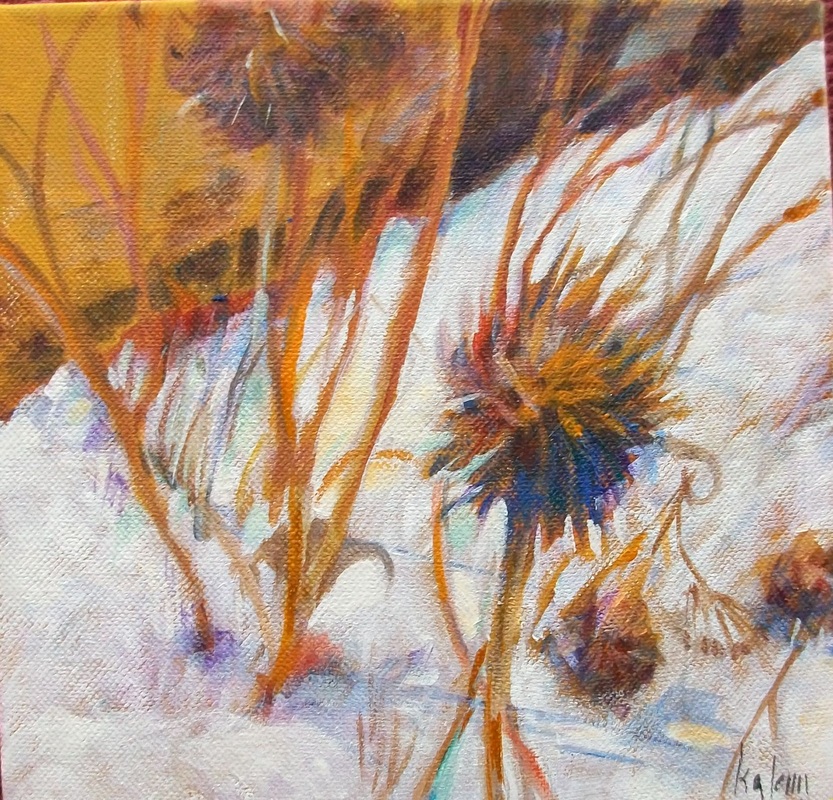
 RSS Feed
RSS Feed